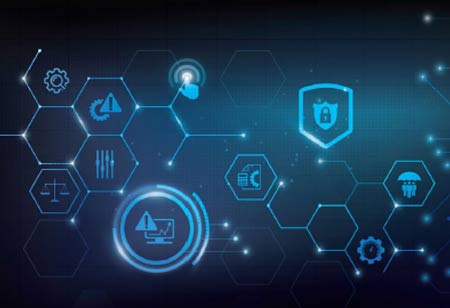Thank you for Subscribing to Construction Business Review Weekly Brief

Comprehensive Approach to Risk Management
With over three decades of hands-on experience in heading large risk analyses projects within the field of transport systems (marine/rail-way/road) and availability of complex systems, Dr. Søren Randrup-Thomsen currently holds the position of head of department, risk and safety at Rambøll. His responsibilities entail heading projects within departments include risk management, transport risk analysis, structural safety, and technical risk analysis.
Please tell our readers about your journey and key roles and responsibilities in the organizations.
I have a Master’s degree in structural engineering and a PhD in uncertainty load modeling. I’ve been working for my current company, Rambøll, a consulting engineering firm, for over 26 years. During this time, I’ve worked extensively on risk assessments in construction projects and design. For the past 13 years, I have been heading the Risk and Safety Department at Amber, where we provide consulting services across multiple sectors, including buildings, transport, water, environment and health, and energy. My work involves risk analysis in all these areas, such as file risk assessments, release of dangerous substances, traffic risk analysis, navigational safety, railway safety, and more. In addition, I have worked extensively on risk management in larger projects, from initial design to construction phases, including preparing tenders for contractors and follow-ups during construction.
What are some of the challenges that you observe in the industry?
One of the challenges observed in the industry is the need for a systematic approach to risk management during construction, which involves identifying and following up on major risks using risk assessment procedures. This requires a risk manager to work closely with project management to ensure a structured approach is in place. Challenges can arise due to compliance with local or national rules and regulations, as well as a shift towards a stronger focus on sustainability, which is now a vital part of risk assessment. This is a new concern that needs to be managed, but a systematic approach to risk management can be applied to all types of risks, including sustainability-related risks.
Can you talk about the recent trends prevailing in the industry?
One recent trend in the industry is the emergence of new technologies that allow for battery or electricity-driven machinery, replacing older diesel-driven machinery. This presents both opportunities and risks for handling the construction phase. Additionally, the digitalization age has brought about access to historical and live data, which can be used in risk assessments and decision-making. This includes data on day-to-day issues like temperature and weather measurements, which can lead to quicker decision-making.
One recent trend in the industry is the emergence of new technologies that allow for battery or electricity-driven machinery, replacing older diesel-driven machinery. This presents both opportunities and risks for handling the construction phase
Please tell our readers about some of the recent projects you have been involved in.
I have been involved in is the design of a tunnel, which is the world’s longest Immers tunnel, connecting Denmark and Germany. This project has been ongoing for many years and is now in the construction phase, with contractors starting to work on laboratory works in order to immerse tunnel elements into the heavily trafficked waters of the Ball Sea. We have been assisting the owner in designing the tunnel and are currently in the middle of preparing a concrete factory for casting the top elements. One of the challenges of this project is complying with both Danish and German regulations, which are not always aligned. Nonetheless, we have been working through these difficulties to obtain the necessary approvals from the authorities.








